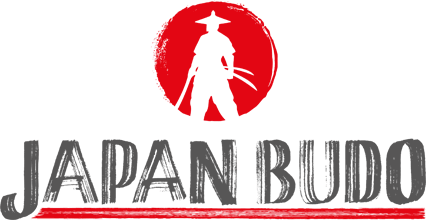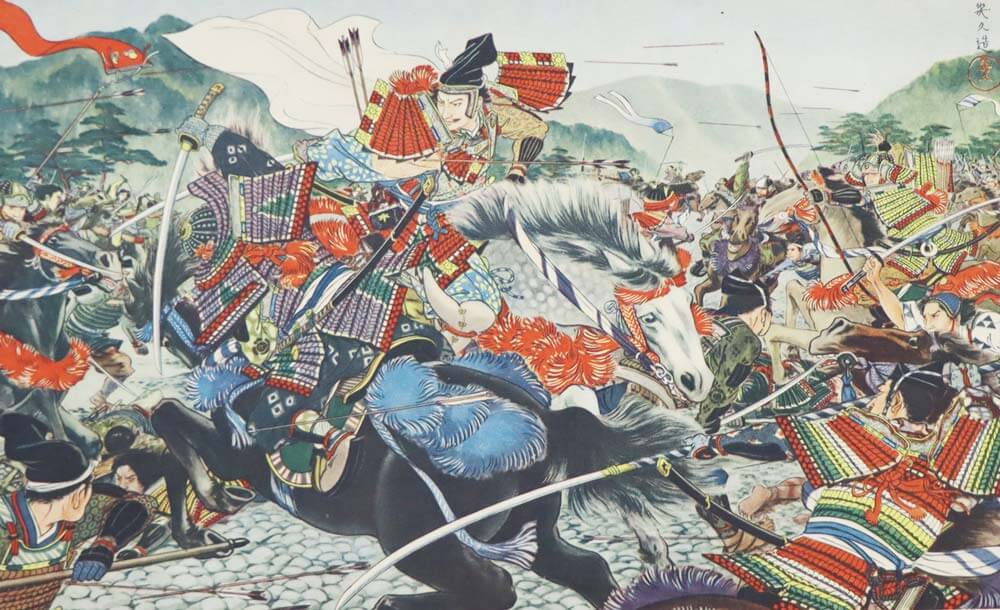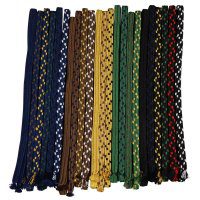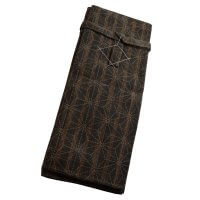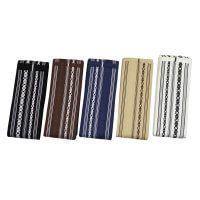Prehistory: Who ruled Japan?
Before the Samurai the imperial family ruled Japan in the form of the shogunate. According to the story, the imperial family was appointed by the gods themselves to rule over the country. This divine mandate grants the sole right to rule to the emperor.
There are also several Tron insignia. One of these is the well-known Kusanagi sword, which we may publish a separate article about.
Eternal rivalry: the tenno and the samurai
The Japanese name for the emperor is Tenno. Although the history of the tenno is closely linked to that of the samurai, there was always a rivalry for rule of the country.
The origin of the samurai's power lies in the empowerment of the emperor. In the 12th century, the then Tenno Go-Toba Minamoto Yoritomo appointed a member of the so-called samurai families as the first Dai Shogun. A title that brought with it extensive military power.
The Minamoto belonged to the imperial family in the broadest sense, but were descendants with no claim to rule. The Minamoto's quest for power culminated in their appointment as shogun and their military influence was used directly to take over the country and introduce a kind of military regiment.
This shogunate existed parallel to the imperial house. The imperial house still had many official and symbolic tasks, but the power lay with the shogunate.
The shogun ruled with the help of his warriors, the samurai. Around 10% of Japanese society belonged to the samurai. The term samurai (= the servant) actually only became widely used. The more general term is bushi, which means warrior, or buke, which refers to the warrior class. Today, however, samurai is used in the West as a synonym for these two terms. The warrior families consisted of large groups of people who belonged to the family or were close to the family. Before coming to power, these warriors had already fought in the private armies of the nobles and acted as their protectors.
Despite largely peaceful coexistence, there was a desire in both camps (tenno and shogunate) to consolidate and increase their own power. But both needed each other, as the emperor had a claim to power through the divine mandate and the shogun had the power to assert himself through his military influence. A tenno was involved in the overthrow of the Kamakura shogunate, for example, but was so far removed from military power that he was unable to seize power even in this overthrow.
In the end, however, a tenno was to overthrow the ruler of the samurai and seal his fate. We will tell you how this came about later in the text.
Japan under samurai rule
The shogun and the samurai were warriors from warrior families. Even before the appointment as shogun, there were battles between the Minamoto and Taira. Taira were a warrior noble family who also strove for power.
At the beginning of samurai rule, things continued in this way. For over 200 years there were alternating shoguns, some of whom had great influence, but this gradually diminished and the ruling shogunate was replaced by another.
Japan switched from the Kamakura time (1185-1333) on the Nambokucho time (1333-1392) until the Muromachi time (1338-1573) named after the geographical centre of power from which the shogun ruled.
By the end of the 15th century, the Muromachi shogunate no longer had enough influence to ensure peace in the country, and thus began an era known as the Sengoku time (1477-1573), which resulted in almost 100 years of continuous disputes in which no one could gain the upper hand.
This confusion was ended by the three unifiers of the Japanese empire Oda Nobunaga, Toyotomi Hideyoshi and Tokugawa Ieyasu. We may tell the story behind this in another article in the future. What is important for the history of Japan in this context is that the third unifier of the Japanese empire, Tokugawa Ieyasu, was the Edo time (1603 to 1868).
The Edo Shogunate brought with it a long period of peace. However, the shogunate was based on strict rules and regulations. By today's standards, it would probably be called a surveillance state. For example, the regional rulers in the country had to send hostages to the capital, who were used as a pledge against attacks. In addition, all princes (daimyo) had to travel to Edo regularly to confirm their loyalty to the shogun.
The end of the samurai
After more than 200 years of peace in the Edo period and extensive isolation from other countries, unrest came into the country when the USA exerted military pressure on Japan to force access to its seaports.
The isolation had meant that weapons that were still unknown within the country were already in widespread use outside Japan. This made defence against the USA difficult and many people in Japan were dissatisfied with the perceived weakness of the shogunate.
The plan was made to abolish the shogunate and lead the country into a new era.
In return, the emperor was to regain sole rule of the country. He was also supported by some samurai. However, as the shogunate also had supporters, there was a struggle over how the country should continue.
Incidentally, the film "Last Samurai" is about this period. In the end, the Tenno Meiji prevailed and the country and its society were revolutionised. The previous class system was abolished and with it the status of the samurai.
Swords of the Samurai
For many centuries, the life of the samurai consisted of fighting. This is why even children were taught weapon techniques and war tactics. The samurai's swords are of course particularly well known, but they were also good with many other weapons.
Swords
The best known is of course the Katana. But there was also the longer Tachithe short Wakizashi and the Tanto in knife length.
Incidentally, you can find examples of all these historical swords in our online shop for antique samurai swords acquire.
Staff weapons
Notorious staff weapons were Yari and Naginata.
Other samurai weapons
In addition to these well-known weapons, there was also the bow (Yumi), who played a major role in samurai warfare.
From the 16th century onwards, samurai also learnt how to use Firearms.
A somewhat less well-known weapon is the Kanaboa kind of giant baseball bat.
Warrior martial arts in the modern age
It was mainly during the peaceful Edo period that some warriors began to share the knowledge they had inherited over generations and founded most of the styles that are still taught today.
Iaido, to which our shop is dedicated, is only a small part of this large overall picture of weapon techniques and martial arts.
The samurai fighting style is still practised today in Japan and many other countries and taught in traditional or modernised systems.
